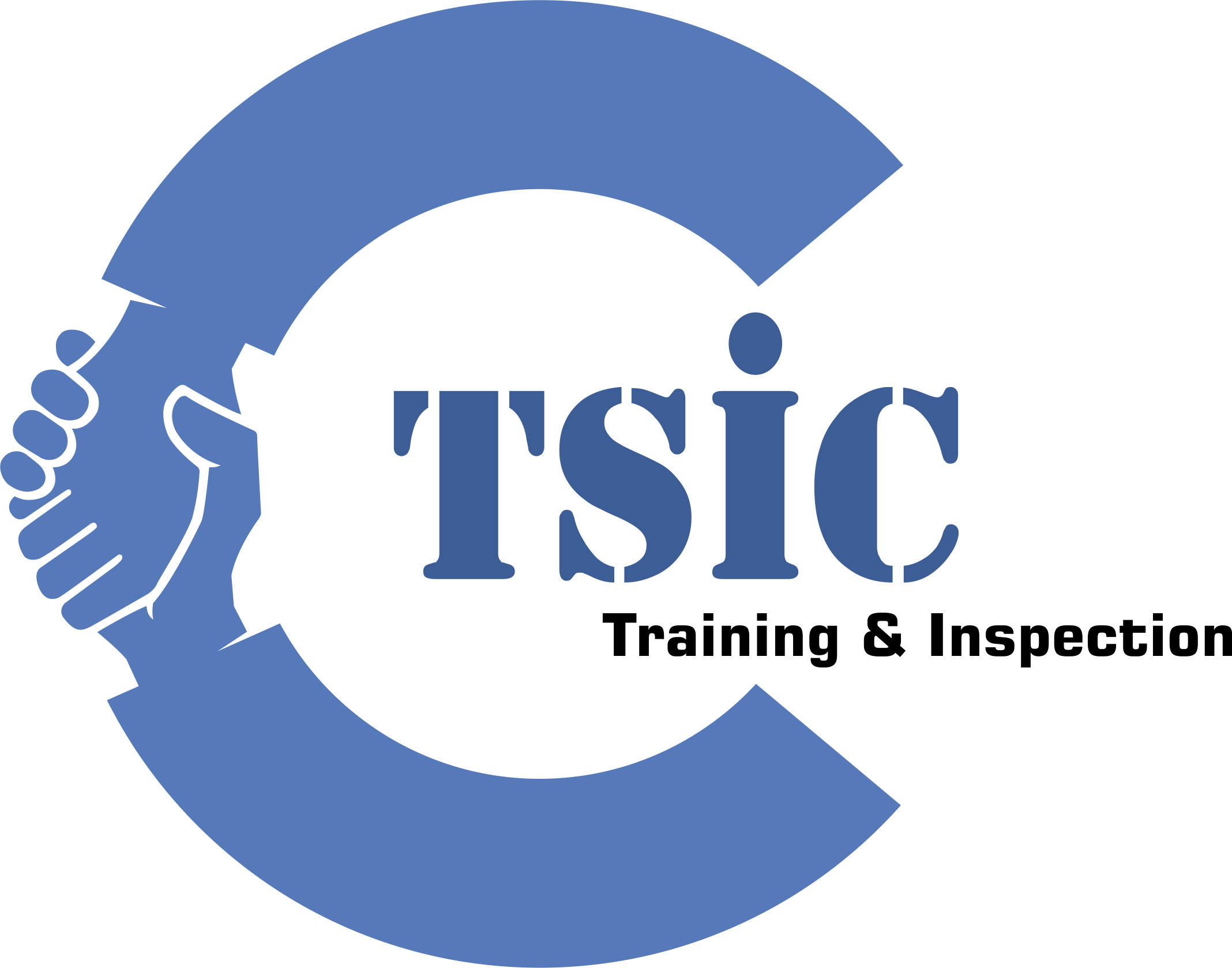But putting it too low may mean the price never reaches the limit order, and the trader may miss out if the price moves higher. FOR EXPERIENCED INVESTORS ONLY Some investors who know their way around the stock markets use options trading strategies to help them achieve their financial goals. An investment with characteristics of both mutual funds and individual stocks. ETFs often have lower expense ratios but must be purchased and sold through a broker, which means you may incur commissions.
Each share of stock is a proportional stake in the corporation’s assets and profits, some of which could be paid out as dividends. That’s the most fundamental difference between a market order and a limit order, but each type can be more appropriate for a given trading situation. As any veteran trader will tell you, it’s no easy feat to nail the absolute high or low price of any given market move.
Stock market order types and lingo
A market order is designed to execute at the current price for a stock—the so-called market price—when the order reaches the exchange. These orders are the quickest to fill, but they do not guarantee a specific price. Because a market order goes through regardless of price, you typically don’t need to pick a timeframe during which your trade must happen.
Broker/broker-dealer
Immediate-or-cancel (IOC) means that the order only remains active for a very short period of time. Since Inception returns are provided for funds with less than 10 years of history and are as of the fund’s inception date. 10 year returns are provided for funds with greater than 10 years of history.
Order types and how they work
It’s important to note that while stop-loss orders can help manage risk, they do not guarantee a specific sale price. In fast-moving markets or during How to buy crp times of high volatility, the actual execution price may differ from your stop price. Nevertheless, stop-loss orders are a crucial tool in managing risk for any trader. You won’t pay a commission if you’re trading with a well-known brokerage platform (Fidelity, Robinhood, Schwab, etc.). You place a market order, and it goes through immediately at the current market price of $50 per share. However, the final price might differ from the price you expected, especially in volatile markets.
If a trader places a market order to buy 500 shares, the first 100 will execute at $20. Given these factors, it’s generally advisable to place market orders during market hours to minimize discrepancies atfx review in execution. Placing a market order when the markets are closed can result in execution at a significantly different price when the market reopens. I often use scaling strategies when entering or exiting positions.
Placing a limit order puts a ceiling on the amount an investor is willing to pay. There are two fundamental execution options when an investor places an order to buy or sell a stock. The first is to place an order “at the market.” Market orders are transactions meant to be executed as quickly as possible at the current market price.
Believing the price will continue to rise, you’re willing to buy if it increases to $22.20 a share, and you place a buy stop order with a stop price of $22.20. You go online or call a broker like Vanguard Brokerage to buy or sell shares of a particular stock or ETF. The price you pay is whatever the stock is trading at when your order is fulfilled. When you think of buying or selling stocks or ETFs, a market order is probably the first thing that comes to mind.
- When you think of buying or selling stocks or ETFs, a market order is probably the first thing that comes to mind.
- There may be other orders at your limit, and if there aren’t enough shares available to fill your order, the stock price could pass through your limit price before your order executes.
- Unless you’re watching the news closely, you might end up selling for $192 when you could have received more.
- Viewers of Trade With the Pros programs should consult with their financial advisors, attorneys, accountants or other qualified professionals prior to making any investment decision.
- Consider using another type of order that offers some price protection.
Speed is especially important for traders who need to make quick decisions based on changing market conditions. These order types play a crucial role in determining how and when your trades are executed. While they may seem similar at first glance, the differences between market and limit orders can greatly affect your buying strategy and overall investment results. In this article, I’ll break down the key distinctions between these two order types and help you determine which one might be best suited for your trading goals. A limit order, sometimes referred to as a pending order, allows investors to buy and sell securities at a certain price in the future.
Limit orders can help you save money on commissions, especially on illiquid stocks that bounce around the bid and ask prices. But you’ll also save money by taking a buy-and-hold mentality to your investments. Because you avoid selling out of the london session forex pairs market, you’ll incur fewer commissions and you’ll avoid capital-gains taxes.
Slippage refers to the difference between the expected price of a trade and the price at which the trade is executed. In other words, you might end up buying or selling a stock at a price that’s worse than what you expected. In essence, a market order is an instruction to buy or sell a stock at the market’s current best available price. Market orders are ideal in situations where the main objective is to execute the trade without delay.
